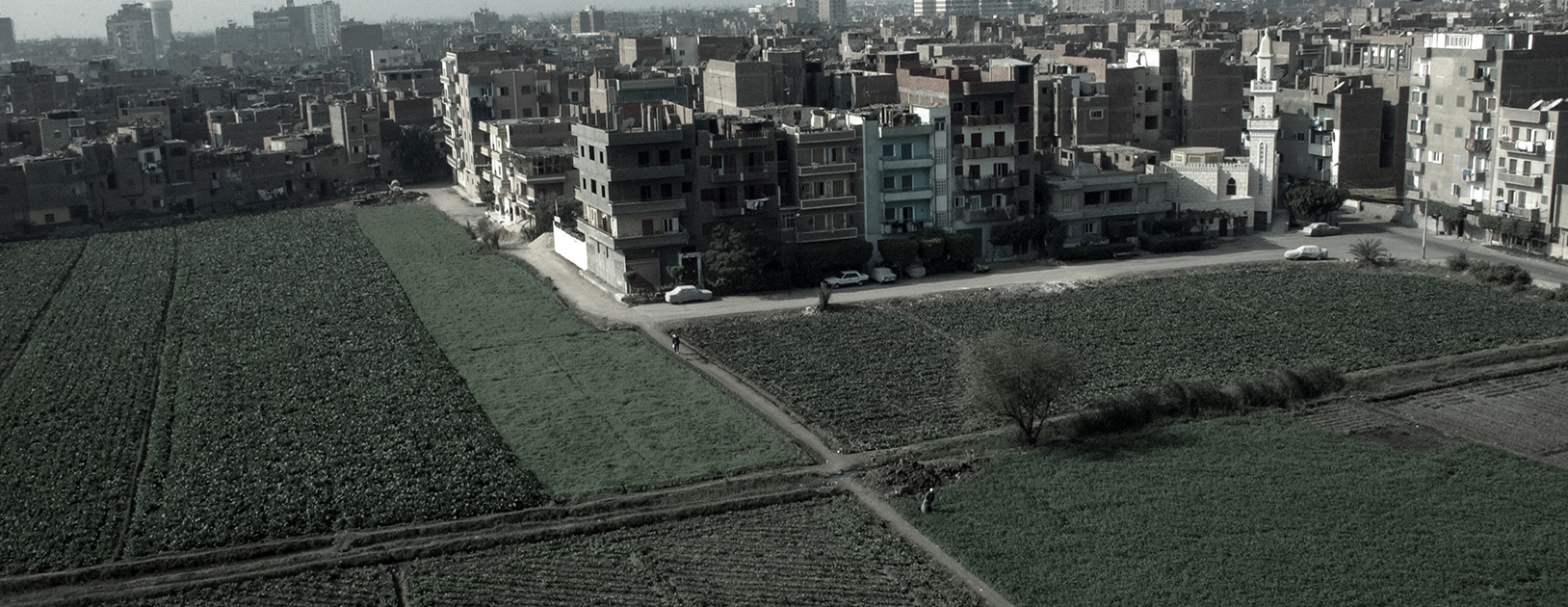Even as the Joint Parliamentary Committee’s report on the Right to Fair Compensation and Transparency in Land Acquisition, Rehabilitation and Resettlement (RFCTLARR) is awaited, several states have already brought about changes that severely compromise the scope of clauses related to consent, Social Impact Assessment (SIA), food security and higher compensations. These changes also restrict the applicability of the 2013 law at state level.
States have executed these changes through Rules under Section 109 of the Act, or have enacted their own state level land acquisition legislations using Article 254(2) of the Constitution of India. States, which have exercised the latter option, have managed to override the provisions of the central law. In the present case this has meant doing away with the provisions of consent and Social Impact Assessment.
While ‘land’ is the subject matter of the State list, the ‘acquisition and requisitioning of property’ finds place in the Concurrent list of the Constitution. This implies that both the central and state governments have jurisdiction over the same. In such cases, state level rules need to be within the binds of the central law; as in the case of the RFCLARR, 2013. However, Article 254(2) allows for instances for states to override the central legislations provided they receive presidential assent.
The year 2013 saw the enactment of the RFCTLARR replacing the colonial 1894 law on land acquisition. This new law introduced several critical requirements such as SIA, consent from land-owners, increased rates of compensation, provisions related to return of unused lands and food security.
Several of these provisions would have been repealed had the amendments proposed in the Bhartiya Janata Party’s RFCTLARR Ordinance, 2014, been accepted. In response to mass scale protests by farmer’s organisations, political parties and objections by NGOs and researchers, Prime Minister Narendra Modi announced that the government would not be pursuing these amendments. However, in the last three years several dilutions proposed in the Ordinance have found their way into state laws and Rules.
An examination of these legal changes reveals the following trends:
- At least six state governments have enacted their own land acquisition laws by seeking Presidential consent using Article 254 (2) of the constitution. This is based on suggestions of the NITI Ayog in 2015.
- These new state laws like the RFCTLARR (Gujarat Amendment) Act, 2016 directly adopt the amendments proposed by the 2014 land ordinance. With this the Gujarat state law manages to dispense the requirements for consent and SIA for a range of projects, including industrial corridors, infrastructure or those projects important for national interest, as was proposed in the Land Ordinance.
|
Exclusions made by the State Amendment Acts |
||||
|
The provision as per the Central Law |
||||
|
Gujarat |
Maharashtra |
Tamil Nadu |
Telengana |
|
| Social Impact Assessment and Consent: The process of acquisition mandates a Social Impact Assessment consent from affected land owners. | Exemptions from SIA and consent for a range of all projects. E.g. those important for national security or defense; rural infrastructure; affordable housing for poor; industrial corridors and other infrastructural projects, including projects under PPPs (Public – Private Partnerships). | Only private projects will be subject to the provisions of SIA and consent. PPPs excluded from requirement. | Allows for Acquisitions carried out under the four state laws to be exempt from the provisions of the RFCTLARR. These laws in themselves don’t require SIA and consent. Such laws include those for Harijan Welfare Schemes, Acquisitionfor Industrial Purposes, and Highways. | Exemptions from SIA and consent for a range of projects. E.g. those important for national security or defense; rural infrastructure; affordable housing for poor; industrial corridors and other infrastructural projects, including projects under PPPs. |
- States are also adopting the clauses of the NDA government’s 2014 land ordinance through the drafting of state rules, thereby attempting to ‘amend’ the central law. This is being done by dispensing with the requirement of specific processes or restricting the scope of the law. For instance, the process of conducting an SIA under the Uttar Pradesh Rules is much less comprehensive than the 2014 Central Rules.
- State level rules are diluting the applicability of progressive clauses like prior consent, public hearings or SIAs. In Jharkhand, the state rules reduce the quorum of the Gram Sabha consent to one-third from half as required in the central law.
- States are repatriating unused acquired land into land banks rather than returning it to the original owners as required by the central law. This is being done by Odisha and Jharkhand. The Tamil Nadu law allows unused land to be taken for any other purpose, provided the District Collector certifies the same.
- State Rules are reducing the amount of compensations to be paid against acquisitions. In states like Haryana, Chhattisgarh and Tripura, the multiplying factor for rural land is fixed at 1.00 as against 2.00 as specified in the central law.
A full table on these dilutions is also available in the occasional paper.
The CPR-Namati Environmental Justice Program had carried out a preliminary mapping of the dilutions and exclusions in a working paper in August 2016 (see here). The team has now updated this analysis to include several new developments.
Even though the Land Ordinance was not pursued, its provisions have already found their way in state level land acquisition processes. The final paper is available here and its executive summary here.
Hindi translation of this paper is available here.


